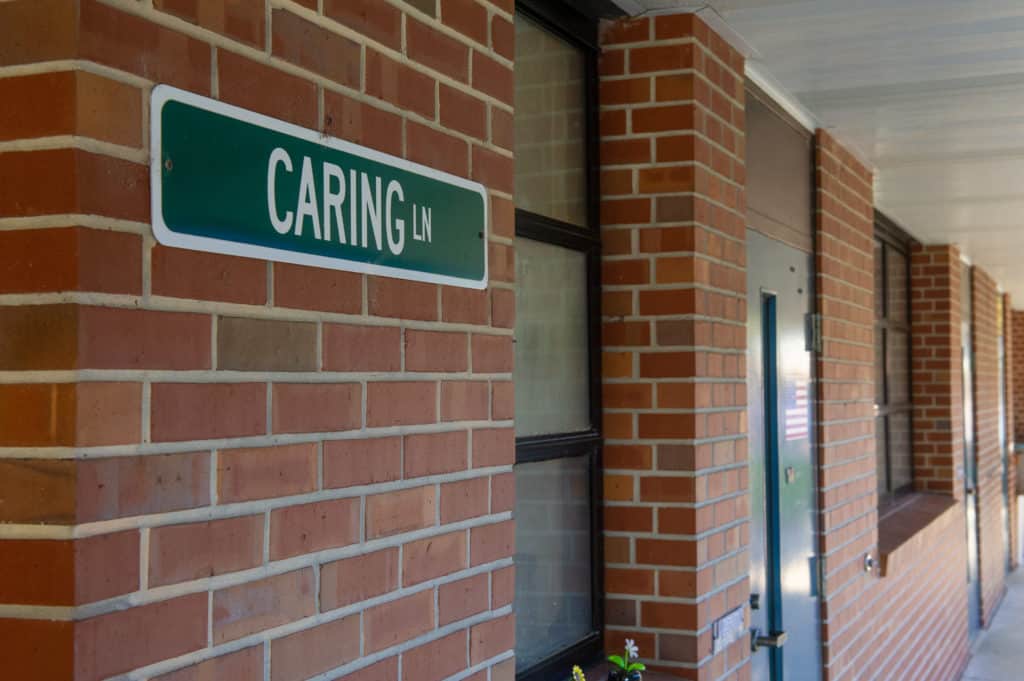
According to stopbullying.gov, between one in four and one in three U.S. students say they have experienced bullying at school. October is National Bullying Prevention Month, and this provides an opportunity for schools to focus on a serious, prevalent problem that affects the social and emotional well-being of students. Bullying can negatively affect student learning and school culture, directly impacting a child’s sense of safety and trust.
Adults are often unaware of bullying behavior in schools and classrooms. Subtle, unkind behaviors can easily go unnoticed by teachers. Preventing bullying in schools can happen when the problem is addressed from many angles. Approaches are most effective when the entire school community is involved in creating a culture of respect, while developing strong, positive relationships. And it all begins with awareness.
How aware are you of behaviors and factors that can lead to bullying? Here are five steps you can take to prevent bullying from starting.
Catch small behaviors, and they won’t have the chance to grow into bullying. When subtle acts of aggression go unchecked, they grow to become the accepted mode of interaction. You might not be aware of small-scale behaviors such as:
Hone your skills of noticing small, mean-spirited behaviors, and you will be stopping the gateway behaviors that lead to bullying.
There are many moments during the school day that provide us opportunities to look for low-level behaviors that may lead to bullying, such as:
Even going a few minutes early to the cafeteria, a specialist class, or the outside recess area to pick up your students can provide time to watch and listen to students interact with each other. Look for who is in charge, who is included, and who is ignored. Are there students no one talks to? Students who are never invited to play or sit with others? Notice children’s words and tone. Is joking around followed by shared laughter, or is only the person who made the joke laughing? Assess what you are seeing and hearing so you can understand what it’s telling you about your students.
Are the behaviors you are seeing and hearing in your students typical? A key is to look for equity. If a negative behavior gets equally expressed back and forth between two children, it’s probably not bullying. But if a child consistently receives negative comments from peers—told over and over that they can’t play, or often called mean names—then there’s an imbalance of power that could lead to bullying. Also pay attention to children’s facial expressions and body language:
There are groups of children who are at risk for being targeted with bullying behavior, such as:
Keep an eye on vulnerable students and ensure that every student is being included and treated respectfully.
Children such as those in the middle of a social hierarchy or those who are “popular” are at risk for engaging in bullying behaviors. Watch for children who are looking to gain and maintain social power. However, it’s important to not make assumptions. Any child may be targeted at any time. Watch objectively to clearly understand the behaviors you are seeing.
Caltha Crow shares in How to Bullyproof Your Classroom that “the problem of bullying is actually the challenge of kindness.” Creating a safe and welcoming climate in your classroom, where acceptance and kindness and are modeled and practiced, becomes the foundation for solving the problem of bullying.
Kristen Vincent is the Responsive Classroom Director of Marketing.